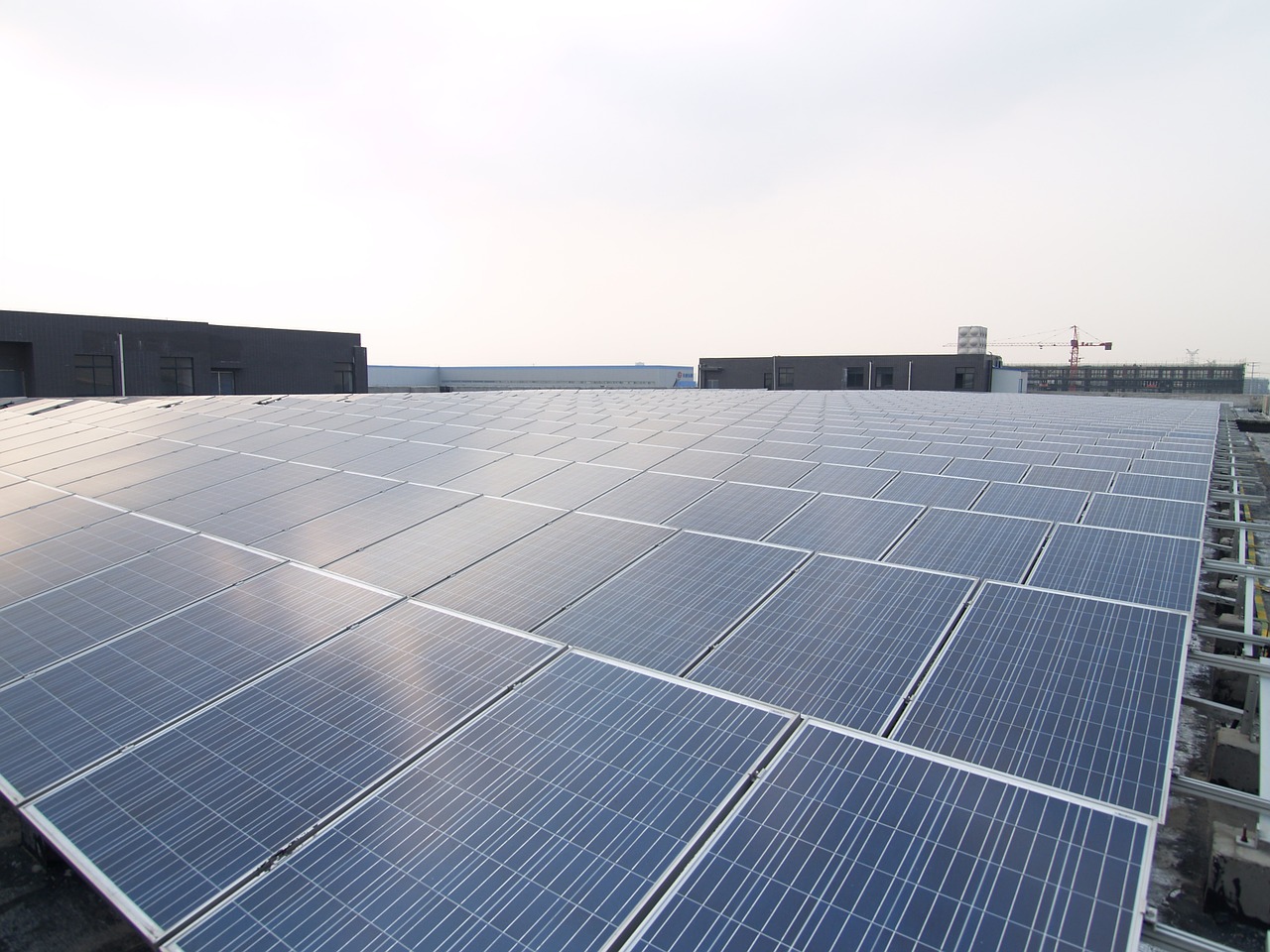Solar power is a diverse, renewable, financially viable solution to energy conundrums for a whole host of businesses, homeowners, and communities. For most of these potential solar consumers, they’ll probably have a few questions about the installation and how the panels are going to work with their specific type of roof. Of course, ground mounts exist as well and the roof can be avoided entirely in some scenarios, but for most interested in going solar, the roof is going to be their chosen panel location. So, without further ado, let’s examine what it takes to install solar panels on different roof types with different requirements.
Before we begin to look at different materials and different kinds of roofing, there are a few broadly applicable rules for solar panel installation which ensure optimum production. Generally, you’re going to want your solar panel array facing south or south-west to catch the most sun. Also, the panels will be positioned at a thirty-degree angle, again for production reasons, but also to ensure that any debris or dirt can comfortably slide right off. Of course, you’ll want minimal shading to affect the solar panels, so installers will seek to avoid any trees or other obstructions which could cast shadows on the panels. Of course, though these factors will be taken into account by any reputable solar panel installer, things can vary owing to other external factors, including the age and square footage of the roof.
What about the material my roof is made of?
Composite/Asphalt Shingles
This is probably one of the most common roofing types you’re going to find, which is great news for potential solar consumers and installers alike. This roofing type is extremely adaptable, generally on the cheaper side, and extremely durable. Solar installers will have worked extensively with composite shingles in the past and will have tons of experience with this kind of roof. With this roofing, installers will drill holes, mount the panels, then seal up the spaces around the brackets to ensure no water gets in and causes damage.
Clay/Conrete Tiles
Tiled roofs can be a trickier prospect for solar installers, depending on the type of material used for the tiling.
Clay tiles, with their striking orange/red colour may lead to a costlier solar install, because of the additional labour for the installers. For installation, the tiles will usually have to be pulled up, both to preserve the tiles and to install the panels securely. Clay tiles are relatively delicate, installers would never want to risk damaging a customer’s roof, and for this roof type, the solar racking must be attached directly to the roof beneath the tiles. The tiles will then be placed back over the the points where the solar array is attached, but this may also require specialised materials to fit the brackets properly underneath the tiles.
Concrete tiles, on the other hands, are considerably more durable than their clay counterparts and in some instances the installer may opt to drill through the concrete tiles, attaching the solar array in the same manner used for composite shingles. More often, they will follow a similar approach to installing for clay tiles, replacing the concrete with a mounting foot and flashing.
Wood
Wood is certainly one of the least conventional solar roof types, and installers may have a number of concerns if asked to mount a solar array on a wooden roof. The approach for installing on a wooden roof is the same as with composite/asphalt shingles - drilling, mounting, sealing up - but the installer will have to be very careful not to damage the wood, as the material is very brittle. There have also been other concerns raised regarding fire safety and solar viability for wooden roofing. Of course, if you want to go solar there’s always a way, and a ground mount or community solar could be great options for homeowners with wooden roofs.
Metal
Metal roofing can come in all different shapes and sizes but, generally speaking, this is a great material for solar panels and one that installers will love to work with. A standing seam metal roof makes for a very straightforward installation, with no drilling required at all. With this kind of metal roof, the array is simple clamped on to the existing metal. With corrugated metal, this follows the familiar non-damaging drilling and sealing pattern of solar panel installation. In addition to its ease with solar installation, metal is a very environmentally friendly roofing material, making it even more appealing.
Flat Roof Materials
Thus far we’ve focused on materials with individual residential properties in mind, but more often than not, flat roofs on commercial or apartment buildings will have different materials and requirements. Thankfully, flat roofs are just as viable for solar as pitched roofs. Flat roofing is often made from rubber, or concrete, or a combo of tar and gravel with some other components mixed in as well. On a flat roof, any of these materials are easy to work with for installers, and, often, the array won’t even need to be attached in a conventional sense. As the solar array can just sit on the roof, installers may opt for a ballast system over a mounted penetration. This means that the panels are simply weighed down to hold them in place, instead of connected to the roof with brackets. The only other flat roof requirement is that the panels be installed with the 30 degree slant in mind.
So, not matter what kind of roof you’ve got, solar is an option!
If you want to learn more about how solar panel installation for your roof, contact YSG Solar today or call us at 212.389.9215.
Follow YSG Solar on Twitter, Instagram + Facebook.
By Shane Croghan
Sources:
https://ilovemysolar.com/whats-the-best-type-of-roof-for-solar-panels/
https://www.sandbarsolar.com/news/best-roof-for-solar-panels/
https://news.energysage.com/installing-solar-panels-on-different-roof-types/
https://blog.pickmysolar.com/5-common-roof-types-for-solar-panels

